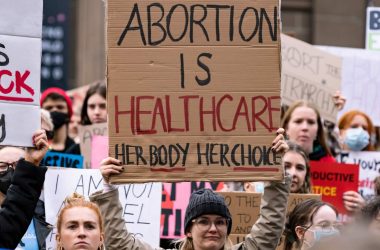CHICAGO–(ENEWSPF)–September 19, 2013. George MacKinnon, founding dean of the College of Pharmacy and vice provost of health sciences for Roosevelt University shares timely opinions about pharmacists as healthcare providers in an article he wrote, “Recognizing pharmacists as healthcare providers—a solution for the Patient Protection and Affordable Care Act roll-out,” which was recently published in Formulary Journal.
Published in print on AUG 13, 2013 in Formulary Journal at:
http://formularyjournal.modernmedicine.com/formulary-journal/news/recognizing-pharmacists-healthcare-providers-solution-patient-protection-and-
The dean also shared his views on the topic on a video available at the site or on YouTube at: http://www.youtube.com/watch?v=TbSfCgTJ-8w
By: George E. MacKinnon III, PhD, RPh, FASHP
It is estimated that 30 million people will gain access to medical care beginning in 2014, with implementation of the Patient Protection and Affordable Care Act (ACA). Administratively, the federal government and most states have not worked out the details of how patients will gain access to the healthcare system, let alone receive care. Primary care providers (PCPs) are ill-prepared to accept this enormous influx of new patients, which will place an even greater strain on the already strapped primary care workforce. Estimates are that an additional 17,000 PCPs are currently needed, and another 40,000 PCPs may be needed by 2025 to care for the nation’s aging population.1 How best to handle this large influx of patients into the healthcare system is at issue.
As described in the ACA, one of its key benefits is the increased availability of preventive care services. These services range from immunizations to wellness visits for Medicaid and Medicare patients. Expansion of these services will put an increased workload on already time-strapped healthcare providers. In addition, patients in rural or medically underserved areas may not receive access to these benefits because of severely limited access to providers. The average American lives within 5 miles or less of the nearest community pharmacy. And that puts community pharmacy in a unique position to help America close the gap on patient access, and bring greater affordability to healthcare costs.
A significant amount of time (estimated at 37%) within a primary care physician’s daily activities is related to chronic care management, 3 which often includes managing complex medication regimens. In many instances, these are not sufficiently reviewed during brief and episodic medical office visits. Appropriate management of such chronic conditions requires patient-specific data that should be obtained from patients’ medication histories for prescription, over-the-counter, and nutritional supplements. These should be supplied by the healthcare provider who has the most direct contact with medication-related decisions—the pharmacist.
The best-performing primary care teams should include other healthcare practitioners, including pharmacists, who have skills complementing those of the physician to achieve improvements in quality and to increase physician productivity.4 While the pharmacist workforce is well-trained and highly accessible, these widely distributed community-based healthcare professionals are underutilized.5
To read more click here:
Source: roosevelt.edu









